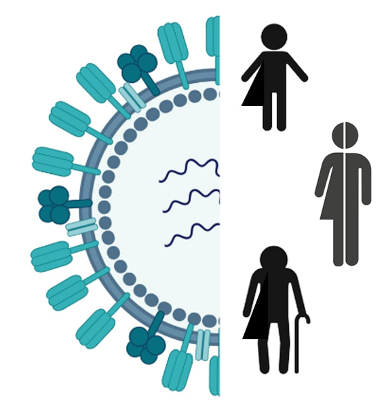
Because most people have been infected by and/or immunized against influenza, students should know how the immune system responds to the infection and how vaccines protect against disease. Vaccines have played an instrumental role in disease prevention and control since the late 1700s, but the mechanism by which they work is still a black box to many people. Therefore, we designed this lesson to provide an introduction of the immune response to a pathogen, vaccines, and the process involved in testing human-grade vaccines. The course in which this lesson was taught focused on homeostasis and using feedback loops to illustrate factors affecting homeostasis. This lesson incorporates feedback loops to demonstrate how the immune system maintains organismal homeostasis and how vaccines contribute to this. The learning goals of this lesson are to collaboratively generate hypotheses, design experiments, and describe how vaccines harness the power of the immune system to protect against disease. This activity uses various student-centered strategies, including think-pair-share, group discussions, and jigsaw. We have successfully implemented this activity in a biology class for a combination of majors and non-majors, after which students reported being more knowledgeable about how vaccines protect against disease. Further, students can have sophisticated discussions about the benefits and risks of vaccines, which is an especially meaningful outcome, given debates regarding their side effects. In the current climate of a pandemic and the need for an expedited vaccine for SARS-CoV2, a better understanding of how vaccines work and are developed is more important than ever before.
Primary image: Influenza gone viral. Image portrays the seminal concepts covered within this lesson: Influenza virus and the impact of human age and sex on influenza vaccine efficacy.

Alida Janmaat onto Biol 105
@
on